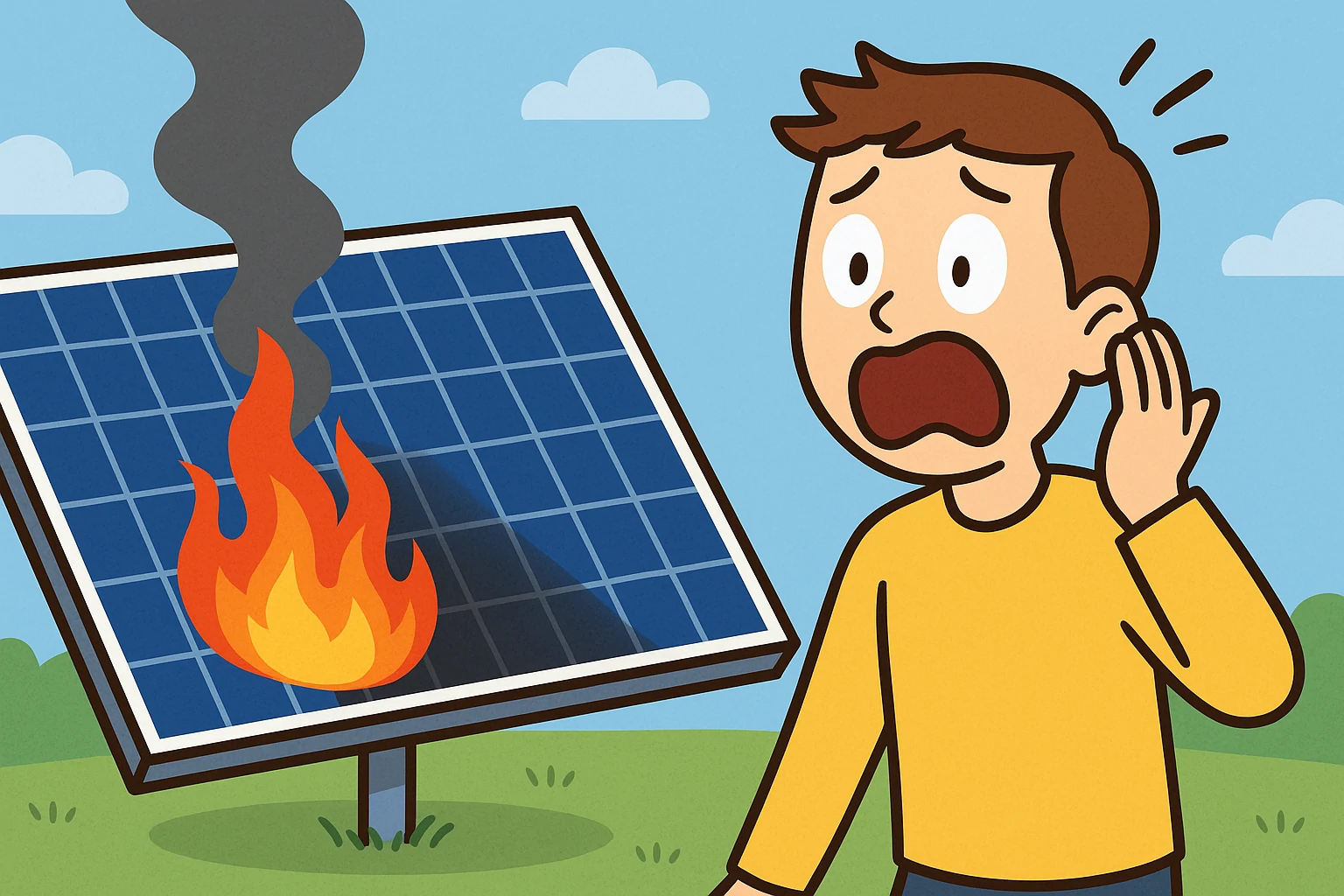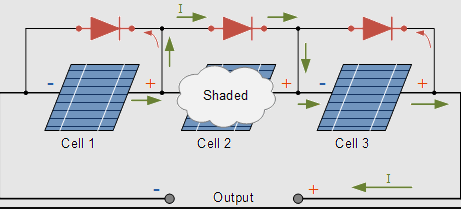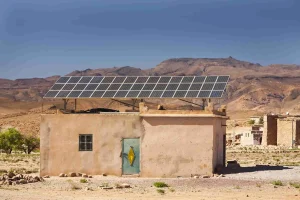Today, we’re diving into a topic that might sound a bit technical – bypass diode technology – but trust me, it’s a real superhero in the world of solar energy. We’re going to break down how these little wonders prevent a common problem called the “hot spot effect,” all while keeping things as easy to understand as your morning coffee.
The Solar Panel Marathon: When a Sprinter Stumbles
Imagine your solar panel as a team of tiny sprinters, each one a solar cell, lined up to win a race – the race to convert sunlight into electricity. For the most part, they run together, smoothly and efficiently. But what happens if one or two of those sprinters suddenly gets a cramp, or worse, decides to sit down for a quick nap?
That’s essentially what happens when a solar cell gets shaded. Maybe a leaf falls on it, a bird does its business, or even a chimney casts a shadow. This shaded cell, our “cramped sprinter,” can’t produce much electricity. Now, here’s the problem: solar cells are usually wired in a series, like a string of Christmas lights. If one light goes out, the whole string goes dim, or even off.
The “Hot Spot” Hazard: When Resistance Creates Heat
In a solar panel, when a shaded cell can’t produce current, it becomes a bottleneck. The current from the other, unshaded cells still tries to flow through it. Think of it like a highway with a sudden, unexpected roadblock. All the cars (electricity) pile up, trying to get through that single, blocked lane.
This struggle to force current through a high-resistance (shaded) cell generates heat. And not just a little warmth – we’re talking serious, concentrated heat. This intense heat is what we call the hot spot effect. It’s like a tiny, invisible frying pan sitting right on your solar panel.
And what happens when you fry something for too long? It burns! These hot spots can literally scorch the solar cell, damaging the material, degrading its performance, and in severe cases, even leading to module failure or, yikes, even fire. Not exactly what you signed up for when you invested in clean energy, right?
The solution is : the bypass diode.
Think of a bypass diode as a clever little detour built into our solar cell “highway.” This diode is essentially a one-way valve for electricity. It’s connected in parallel with a small group of solar cells (typically around 20-24 cells).
Now, let’s go back to our cramped sprinter (the shaded cell). When that cell starts to struggle and its voltage drops, the bypass diode senses this. Instead of forcing all the “traffic” (current) through the bottleneck, the bypass diode opens up its detour. It provides an easier, alternative path for the current to flow around the shaded section.
The Magic of the PN Junction
How does it do this? It all comes down to something called the PN junction. Every diode has a PN junction, which is essentially the magic boundary where two different types of semiconductor materials (P-type and N-type) meet. When current flows in the “forward” direction (the way the diode is designed to let it flow), the PN junction offers very little resistance. But when current tries to flow in the “reverse” direction, the PN junction acts like a solid wall, blocking the flow.
In our hot spot scenario, when a solar cell is shaded, it effectively goes into “reverse bias” – it starts acting like a resistor trying to block the current. The bypass diode, positioned in parallel, is designed to go into “forward bias” when the shaded cell’s voltage drops low enough. This means the diode becomes a low-resistance path, allowing the current to happily flow around the problematic cell group, effectively “bypassing” it.
So, instead of all that current piling up and generating destructive heat, it smoothly flows around the shaded area, keeping the rest of the solar panel working efficiently and, most importantly, cool. It’s like rerouting traffic off a clogged highway onto a smooth, clear side road.
Small Part, Big Impact
This tiny, often overlooked component is crucial for the longevity and safety of your solar panels. Without bypass diodes, the hot spot effect would be a much more common and damaging issue, significantly reducing the lifespan and reliability of solar installations.
So, the next time you see a solar panel silently doing its job, remember the humble bypass diode – the little protector that keeps the energy flowing and prevents your clean power source from turning into a hot mess. It’s a testament to how even the smallest innovations can make a huge difference in the world of renewable energy!








